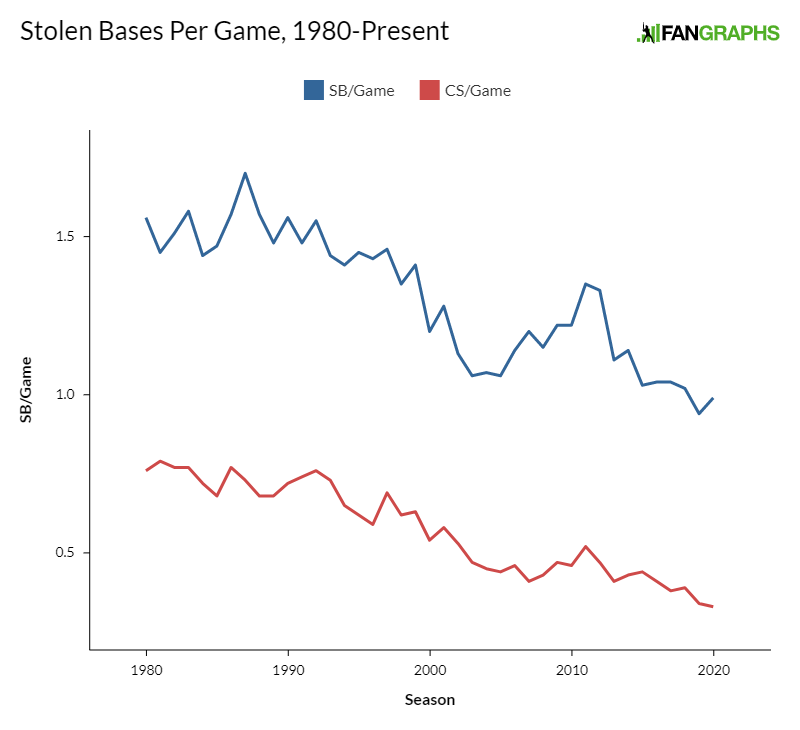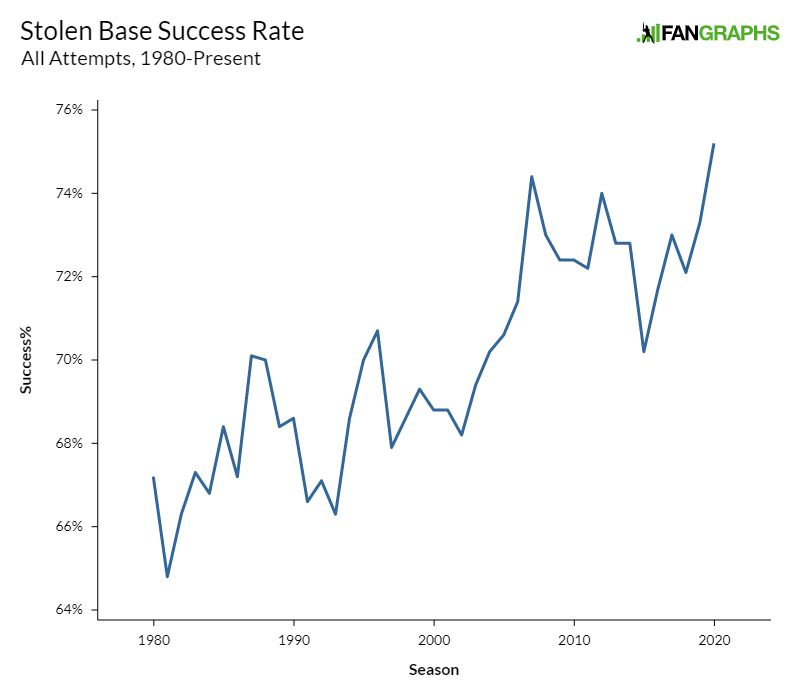Padres Lose and Keep Mike Clevinger
The Padres made an announcement yesterday that Schrödinger would be proud of, releasing news that they had signed Mike Clevinger to a two-year deal covering his arbitration-eligible seasons and also that he would be lost for the 2021 season due to Tommy John surgery. In the short-term, they lose a talented starting pitcher they just traded for a few months ago. Taking a longer look, they’re betting on a solid recovery in 2022 and will be paying just $11.5 million in guaranteed money for that season’s work. (The details of the deal, per MLB.com’s AJ Cassavell: Clevinger gets $2 million in ’21, $6.5 million in ’22, and a $3 million deferred signing bonus.)
The recent trade, the elbow surgery, and Clevinger’s arbitration eligibility make this transaction a little more complicated than it might look at first glance. First, the trade is essentially irrelevant at this point. While the Padres gave up a lot in quantity to acquire Clevinger, any cost is now sunk. San Diego certainly hoped for more than four good regular-season starts and a single postseason inning, but injuries prevented Clevinger from doing more, and the same arm trouble will now prevent him from pitching at all in 2021.
With the trade behind them, the Padres were faced with three options.
Option 1: Tender Clevinger a Contract
Clevinger earned a pro-rated portion of his $4.1 million salary last season, his first year of arbitration eligibility. While arbitration salaries are a bit murky this season, he likely would have been in line for $5 million or so in arbitration for next season and maybe another $6 million or more in 2022 after sitting out the ’21 campaign. That ’22 salary wouldn’t be guaranteed at all until the Padres tendered him a contract next December, and even then, only a small portion would be guaranteed at that time.
Assuming salary arbitration works the same under a new Collective Bargaining Agreement in 2022, if the Padres didn’t like Clevinger’s progress, they could cut him all the way up to Opening Day and still only owe 45 days of termination pay (30 days if on or before the 16th day of Spring Training). This option has San Diego paying money now to retain greater flexibility for the 2022 season. Read the rest of this entry »



